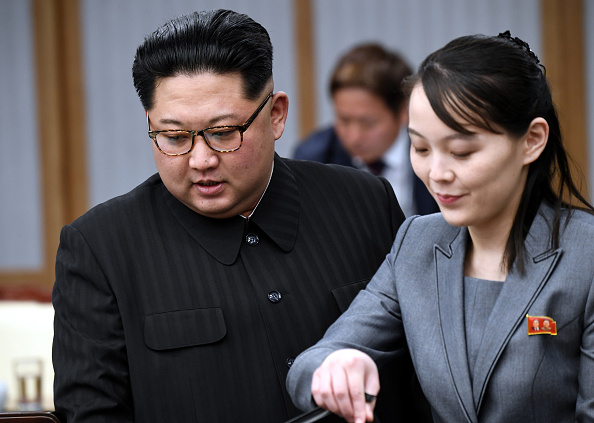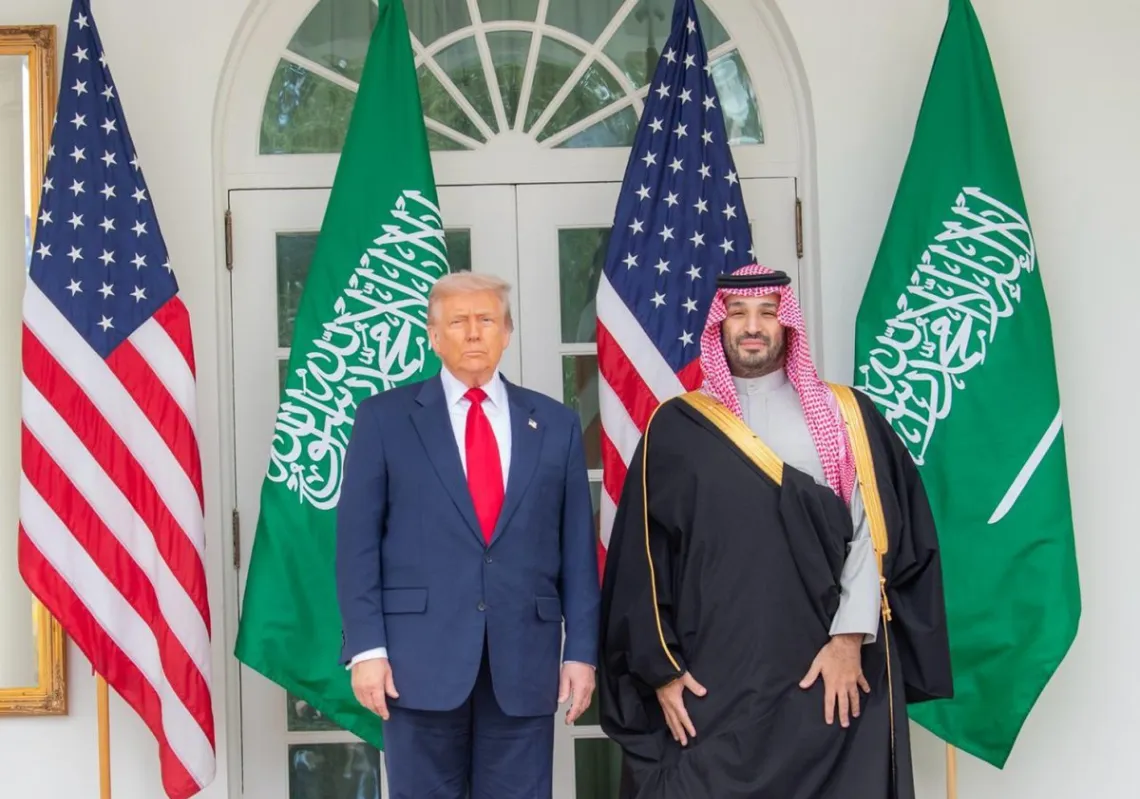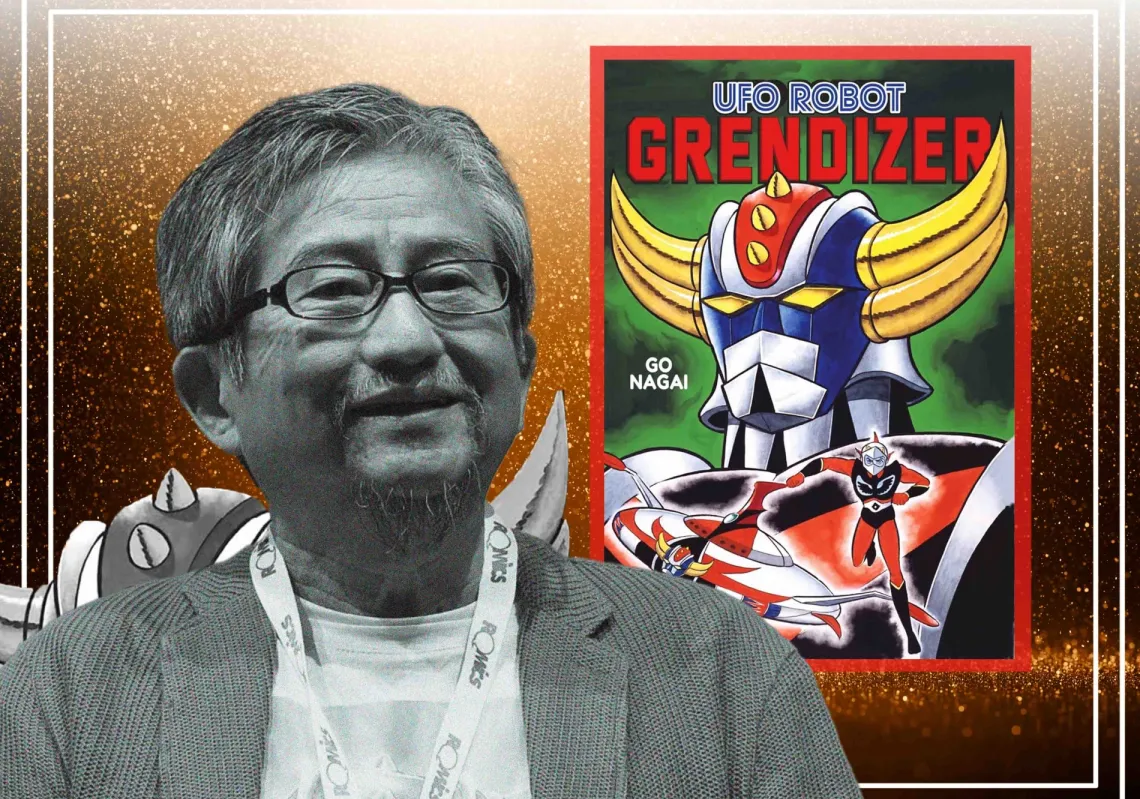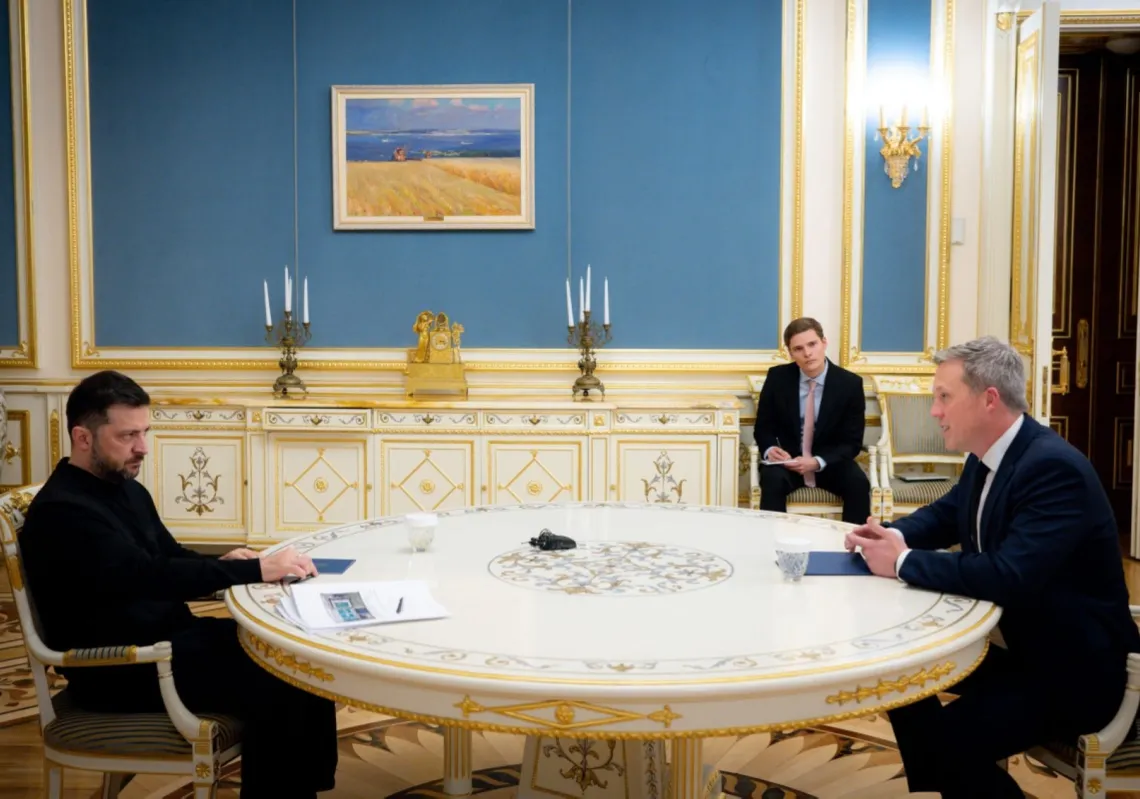Beneath the surface of unseriousness, however, lay an important reminder that this nuclear-armed state could easily face a leadership crisis. In that event, outside powers could clash in an attempt to secure weapons of mass destruction or prevent refugee outflows.
Kim’s brief disappearance has underscored the urgent need for the United States to adopt a regional security strategy for North Korea—one that coordinates the responses of the interested powers to the potential instability of the regime in Pyongyang.
UNCERTAIN SUCCESSION
Kim Jong Un may be touring fertilizer factories today, but he is just a stent procedure away from passing like his father and grandfather. The reasons for his recent disappearance are still unknown and may never be known. But Kim’s significant health problems—including obesity, heavy smoking and drinking, and a family history of kidney and heart disease—are likely culprits.
The North Korean leader’s health has been a concern for some time. In the fall of 2014, Kim vanished from public view for around six weeks and returned with a cane. South Korea’s National Intelligence Service later indicated that he had undergone ankle surgery on a cyst, a condition that could recur because of his weight and lifestyle. Kim’s father and grandfather were significantly older than he is when they died of heart attacks. According to the Washington Post reporter Anna Fifield, however, South Korean doctors who have analysed footage of Kim at summits assess that he is physically weak for his age. Although he is only 36, Kim’s premature death is a real possibility, which means that North Korea could undergo a leadership transition at any moment. No one knows who would take charge of North Korea if that happened or how long a new hierarchy would likely take to consolidate its power.
If, indeed, Kim Jong Un’s April disappearance was related to his health problems, the episode may have prompted him to identify and begin grooming a successor, just as his father and grandfather did years before they died. So far, however, Kim has not publicly designated anyone to replace him, and the North Korean constitution does not detail a process for transferring power.
The health of the North Korean leader is one of the most closely guarded secrets in one of the world’s hardest intelligence targets, so any discussion of its future leaders is highly speculative. But among the possibilities is Kim Jong Un’s younger sister, Kim Yo Jong, who has risen in prominence in recent years and would offer the important advantage of maintaining the Kim family bloodline. Kim Jong Un’s uncle, Kim Pyong Il, recently returned to North Korea after several years of diplomatic service in Europe and is another possible successor. But the position could even go for the first time to someone outside the Kim family—an official from the military or political leadership, for instance.

Kim Jong Un rules alone, as his two predecessors did. Kim’s successor could rule alone or govern as part of a leadership collective. Even a hybrid of these two structures is possible. The leadership transition period could be short or drawn out, depending on whether a power struggle ensues. But perhaps the greatest danger to the North Korean regime would be a power vacuum, which might emerge if no one is designated as a successor or if someone assumes the job but falters.
North Korea’s last two leadership transitions went relatively smoothly, despite contrary predictions. But whether this one does or not, outside powers are unlikely to know much about North Korea’s internal situation. The new leadership’s externally directed behavior could be difficult to interpret: an insecure regime consolidating power or a secure one boosting support could each decide to test nuclear weapons or missiles, for example.
Because the regional powers will face great difficulties predicting or assessing the dynamics within North Korea’s leadership circles, they will need to plan for different transition contingencies and keep in mind the many possible explanations for the leadership’s actions.
A TANGLED WEB
If the North Korean regime were to collapse or become unstable, the regional powers would likely face threats to their security that they would not be well equipped to address alone. For example, if Kim were to die suddenly without designating a successor, or if he identified a successor who was unable to establish control, the United States, together with South Korea and Japan, would need to devise a plan to secure North Korea’s stockpiles of weapons of mass destruction and provide basic goods and services to the North Korean people to avoid a humanitarian crisis. At the same time, these actors would need to ensure that neither North Korea nor the other regional powers misinterpreted their attempts to stabilize the situation as an invasion.
Complicating any such efforts is the fact that the powers with interests on the Korean Peninsula do not all share the same priorities. In the case of a succession crisis, the United States would likely focus first on locating and securing North Korea’s nuclear weapons. China probably would be most eager to maintain stability and prevent a flood of refugees from rushing its border. If American and South Korean forces were to enter North Korea to prevent weapons of mass destruction from being smuggled out of the country, Beijing would also be wary of any movement of their troops near its frontier.
The United States and South Korea have reportedly worked on plans to respond to various collapse scenarios, including a classified set of operations popularly known as OPLAN 5029 (Operational Plan 5029). But getting leaders in Washington and Seoul to agree on whether, when, and how to actually implement these plans would not be so simple, as much would depend on the politics and orientations of both governments. The current, progressive South Korean administration of President Moon Jae-in, for instance, has focused on engagement with Pyongyang and would likely resist implementing OPLAN 5029 if doing so would create the impression that Seoul was prodding North Korea’s regime toward collapse. Within the administration of U.S. President Donald Trump, Randall Schriver, who served as Assistant Secretary of Defense for Indo-Pacific Security Affairs throughout 2018 and 2019, indicated that OPLAN 5029 did not come up in discussions on North Korea during his tenure.
The divergence and sensitivity of the priorities and perspectives on North Korea among the major players underscores the importance of their policy coordination in advance of any crisis or collapse within the North Korean system. Without clear communication, the regional powers run the risk that their objectives would be open to misperception and that such misapprehensions could stoke a broader conflict.
But current political conditions make this type of coordination more difficult than usual. The United States and South Korea are embroiled in contentious negotiations over a military cost-sharing agreement, during the course of which the Trump administration has demanded fivefold increases in Seoul’s contribution. Washington is set to start similar talks with Tokyo later this year. An intense wave of historical and economic disputes has strained ties between South Korea and Japan since the fall of 2018. South Korean-Chinese relations remain mired in mutual mistrust following a row over the deployment of a U.S. missile defense system in the South. And the United States and China, already engaged in a trade war since 2018, have entered a downward diplomatic spiral in recent weeks as leaders trade accusations over the spread of the novel coronavirus.
FIRE AND FURY NEXT TIME
Now more than ever, the United States needs a plan for addressing the possibility of regime instability in North Korea. Such a strategy would include elements of the one we have suggested in Foreign Affairs over the past two years to deal with North Korea’s nuclear program, including strengthening global sanctions, regional counterproliferation, and alliance-based deterrence initiatives.
Grand strategic pivots are uncommon in the months leading up to a U.S. presidential election. But the Trump administration could take some helpful steps in the near term. Swiftly concluding military cost-sharing negotiations with South Korea and Japan would be a good start. The United States should also reinvigorate trilateral policy coordination with Seoul and Tokyo and create a mechanism for communicating with China and other regional powers about North Korean stability. Taking such steps would greatly strengthen U.S. policy on the peninsula and also help prepare for various leadership contingencies in Pyongyang.
Kim Jong Un may yet live a long life, even with his many health problems. If he were to die, the loss of a brutal dictator and serial human rights violator would be a welcome development in many corners of the world, and the transfer of power to a new leader could be relatively smooth, as it has been for North Korea in the past. But the United States must be ready to deal with scenarios to the contrary, including those involving threats to regional and global stability immediately after Kim dies. Absent region wide preparation, the chaos that could ensue has the potential to bring the Korean Peninsula as close to militarized conflict as it was in the “fire and fury” days of 2017.
This article was originally published on ForeignAffairs.com.









